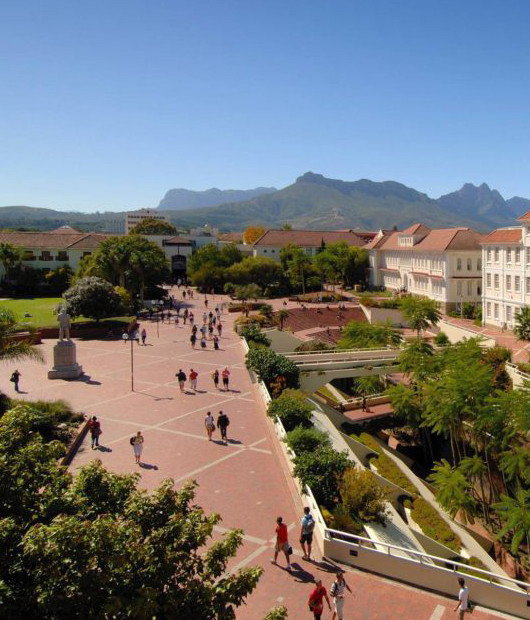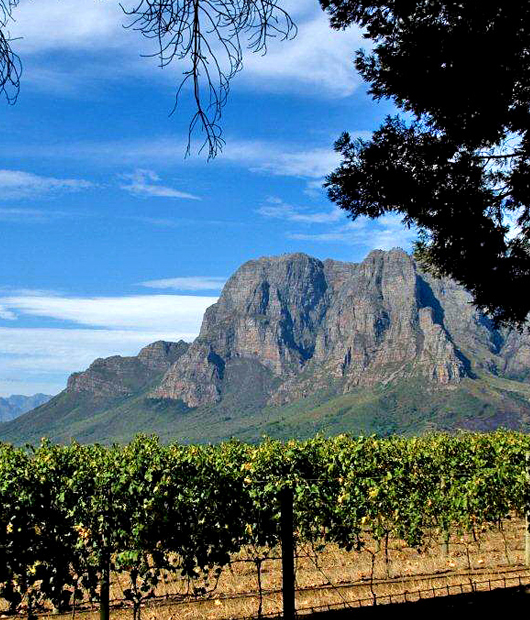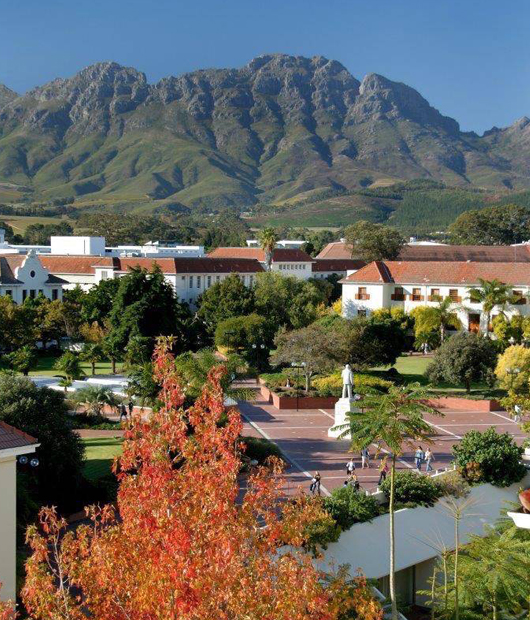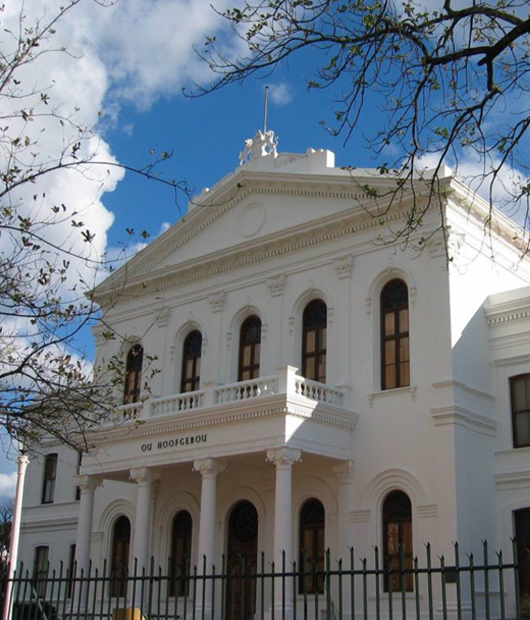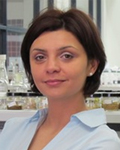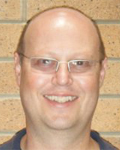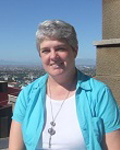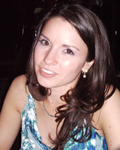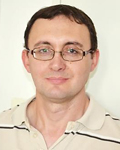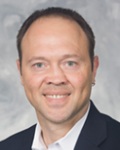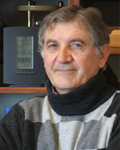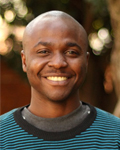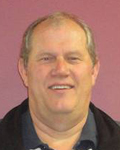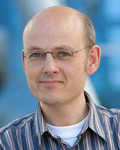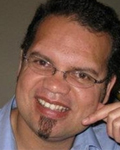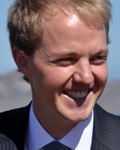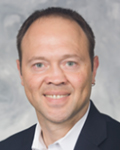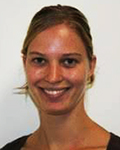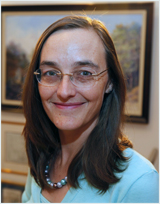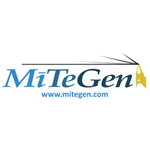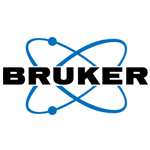The aim of the school is to give attendees a fundamental understanding of the principles underpinning crystallography through a combination of lectures and hands-on tutorials. We will begin by covering the basic principles of point groups, space groups, crystallisation, data collection, and structure refinement from a theoretical perspective. Thereafter, participants will separate into two groups to apply this knowledge to either biological crystallography or materials science.
The school will be held on the picturesque campus of Stellenbosch University, which is situated in the heart of the historical town of Stellenbosch, a popular tourist destination surrounded by mountains and vineyards. It is well-known for the excellent locally-produced wine, good food and a range of modern art galleries. Also nearby is Cape Town, a vibrant, cosmopolitan city world renowned for the iconic Table Mountain and beautiful beaches inhabited by penguins!
We look forward to welcoming you to Stellenbosch in 2018.
Best wishes,
Catharine Esterhuysen
(on behalf of the ECS5 Organising Committee)
